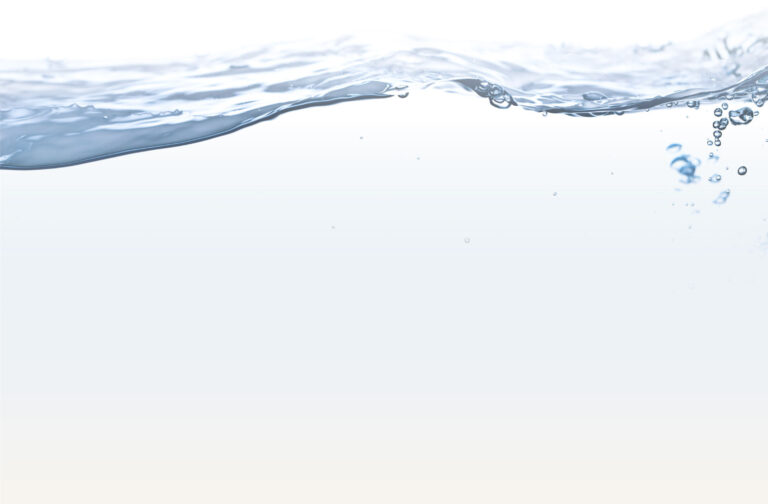Every manifestation of the dangerous weather wreaking havoc around the world has one thing in common: water. As the Earth’s climate changes, the lack of water, or its sudden abundance, is reshaping the global economy and international trade. From prolonged drought slowing down ships in the Panama Canal to deluges halting industrial production in Japan, it’s one of the most obvious ways that rising temperatures are affecting businesses.
Increasingly acute scarcity has forced cities, countries and companies to purchase much more water from farther-away places than before. Water deliveries are a growing industry, and not just in places with unreliable freshwater supplies. Tanker trucks loaded with the life-giving liquid have become necessary even in developed nations enduring multiyear droughts. At the same time, marketplaces where water rights are bought and sold have become more volatile in parts of Australia, Chile, Spain and the US.
But that trade of H₂0 pales in comparison to another, invisible way that water moves around the globe. Because it’s needed to make almost every raw material and product that humans consume, the trillions of dollars in commodities and goods exchanged every year also ultimately represent an exchange of water.
THERE’S A HUGE INVISIBLE WATER MARKET
In 2016, about 636 million cubic meters of physical water was traded globally, through pipelines, trucks and paper markets.
That’s a fraction of the 2 trillion cubic meters of water exchanged through trading agricultural products in the same year.
Tony Allan, a British geographer, coined the term “virtual water” in the 1990s to describe the unseen trade that happens every day — as opposed to the “physical water” that’s bought and sold through pipelines, bottles and contracts. Food imports, he argued, served as an indicator of the scale of an economy’s water deficit. High levels of food imports showed that a nation didn’t have enough water to grow its own food; low levels suggested the opposite. It was a good thing that such a market developed organically, as it helped mitigate shortages and tensions over scarcity.
“Everywhere there are examples of conflict over water being avoided,” Allan wrote in his first paper on the issue in 1993. “The tendency is to make adjustments which are conflict-avoiding through economic and policy substitutions for water.”
The initial awareness of the virtual water trade came at a time when there was more to go around and fewer mouths to feed. Trading of water through goods doubled from […]
Full article: www.bloomberg.com

